Revolutionary inventions that are now obsolete
Inventions have continuously shaped the way we live, turning science fiction into everyday reality. As technology progresses, many gadgets once deemed essential have faded into obscurity. It’s a fascinating cycle; one day you’re marveling at the latest gadget, and a few years later, it’s gathering dust in the attic. Let’s take a trip down memory lane and explore some of these once-revolutionary inventions that have since been replaced by newer innovations.
The Rise and Fall of the Telegraph
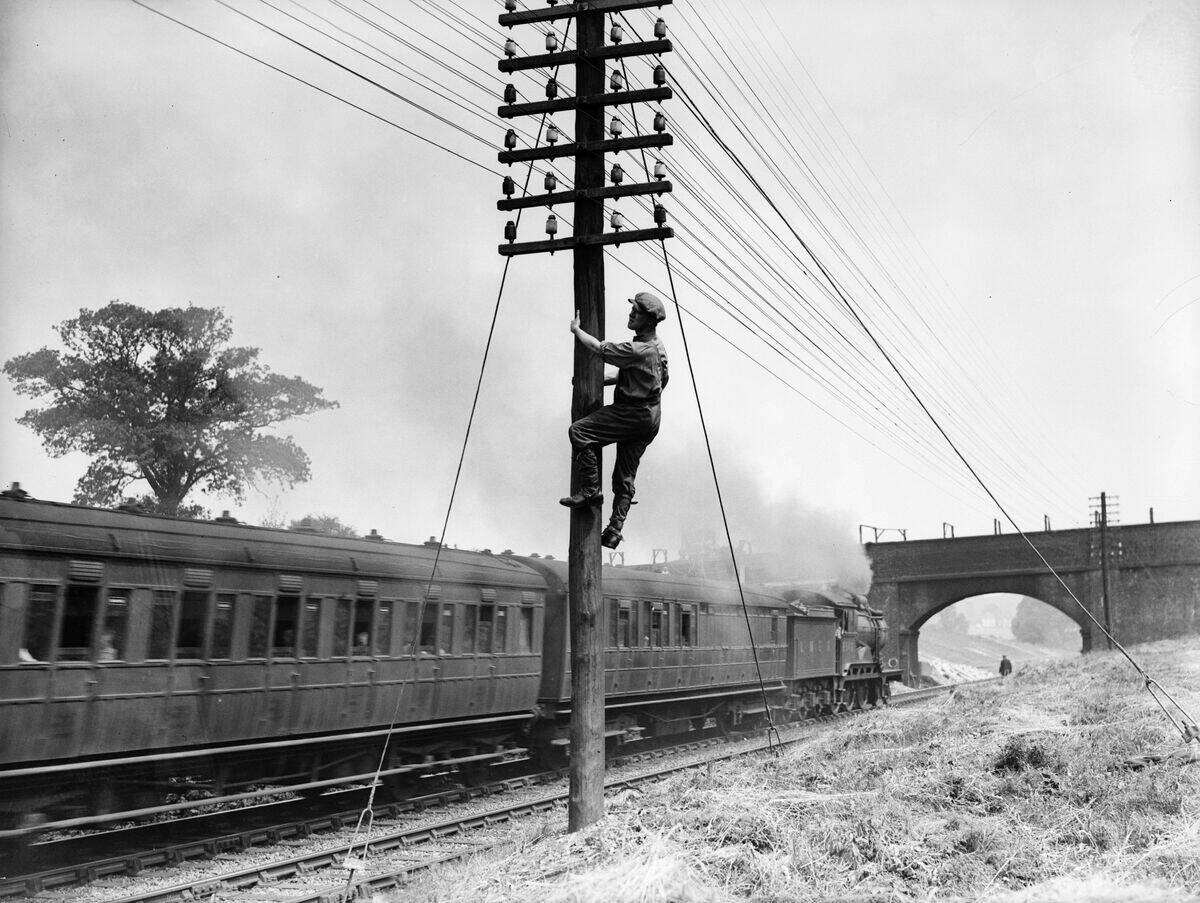
The telegraph was a groundbreaking invention in the 19th century, revolutionizing long-distance communication. Samuel Morse developed the Morse code, allowing messages to be sent over vast distances with unprecedented speed. However, as telephones became more widespread in the 20th century, the telegraph’s prominence dwindled. By the late 20th century, it was largely replaced by more advanced communication technologies, marking the end of an era for this once indispensable tool.
Paging Dr. Beeper: The Beeper’s Heyday
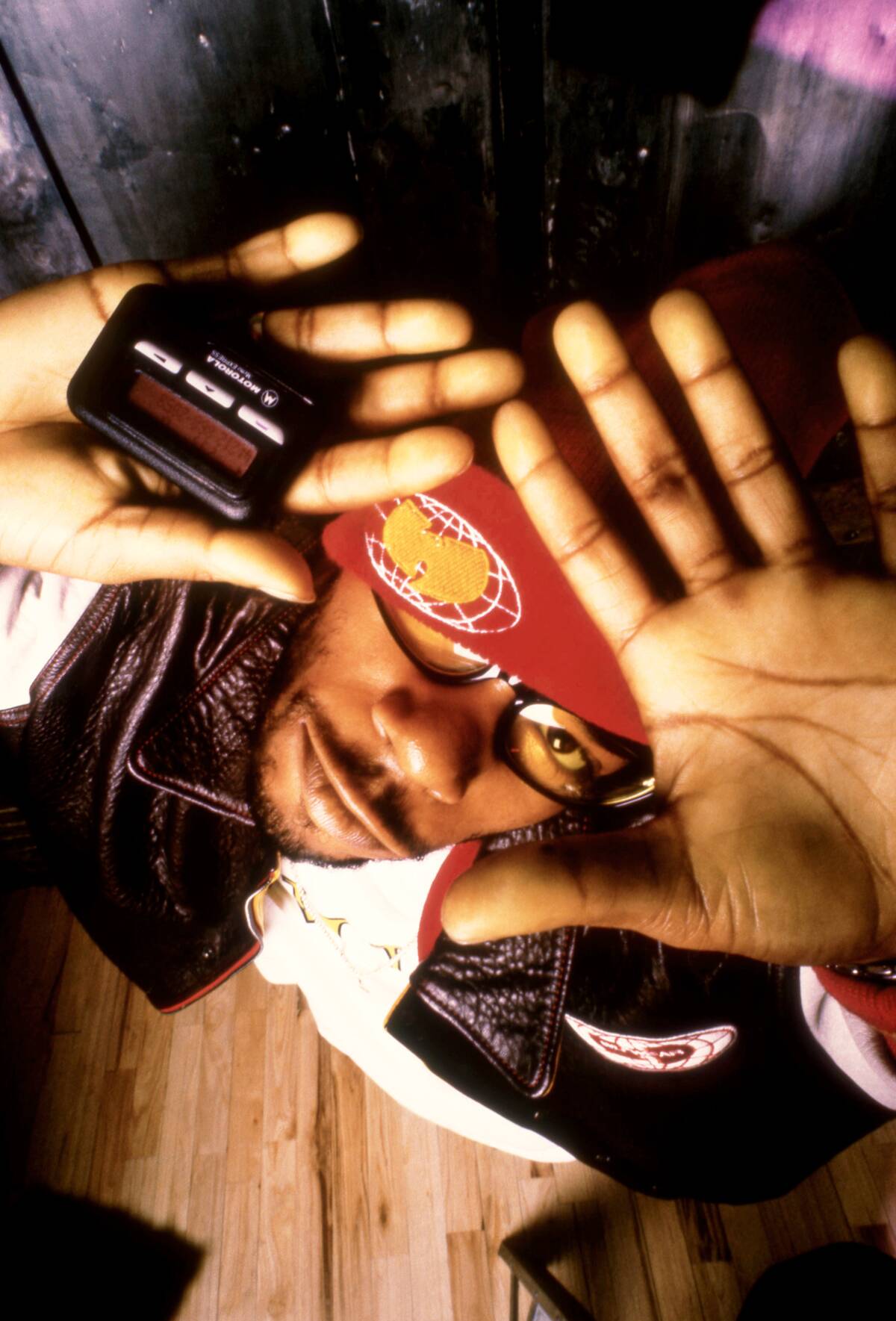
In the 1980s and 90s, beepers were the must-have gadget for professionals on the go, especially among doctors. These small devices allowed users to receive short messages or alerts, keeping them connected even when away from a phone. However, the advent of mobile phones, which offered more comprehensive communication capabilities, led to the beeper’s decline. Today, the beeper is largely relegated to niche uses, a relic of a bygone era of communication.
Floppy Disks: The Icon of 90s Data Storage
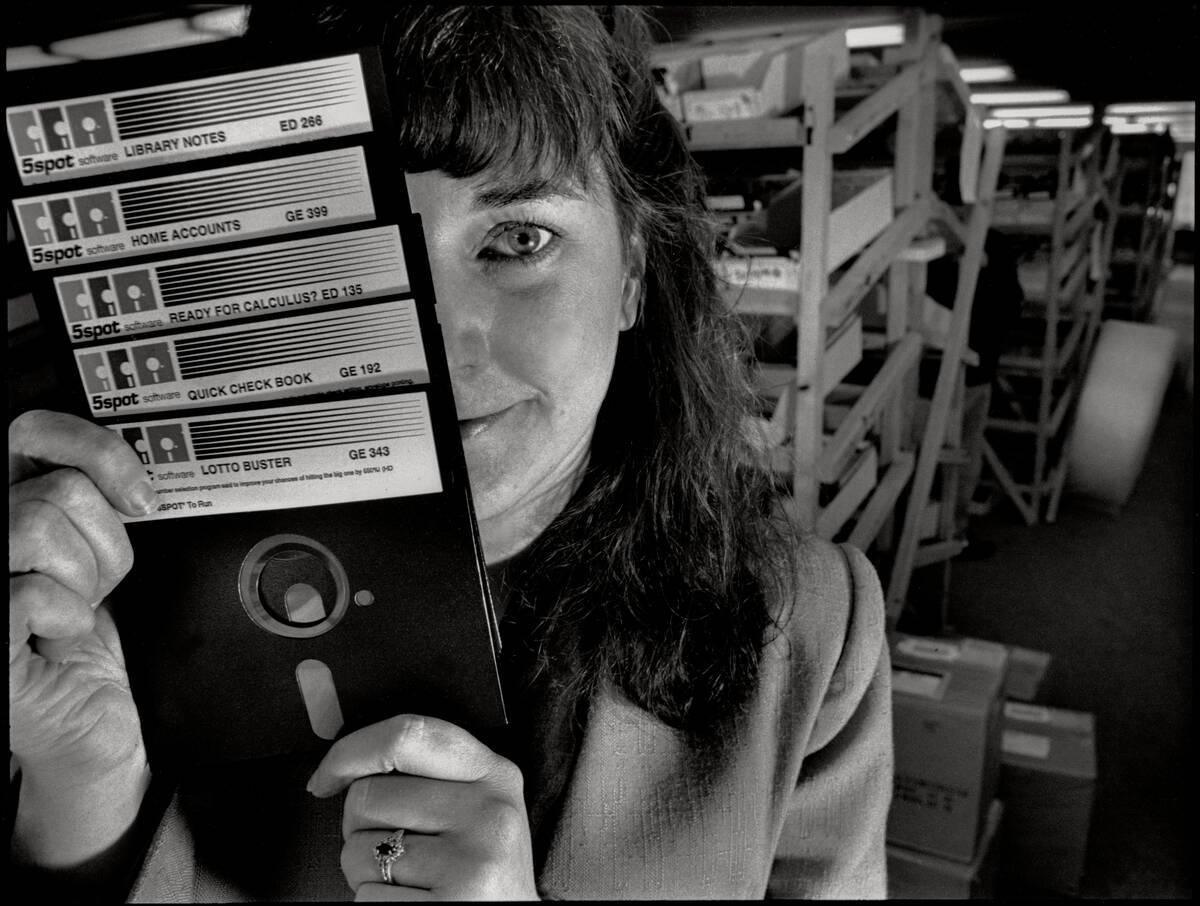
Floppy disks were once the primary means of data storage and transfer for personal computers. Available in sizes like 3.5 and 5.25 inches, they were a staple for anyone needing to save or share files. However, their limited storage capacity became a major drawback as file sizes grew. With the introduction of CDs, USB drives, and cloud storage, floppies soon became obsolete, remembered fondly by those who grew up in the ’90s tech era.
VHS Tapes: The Former King of Home Entertainment
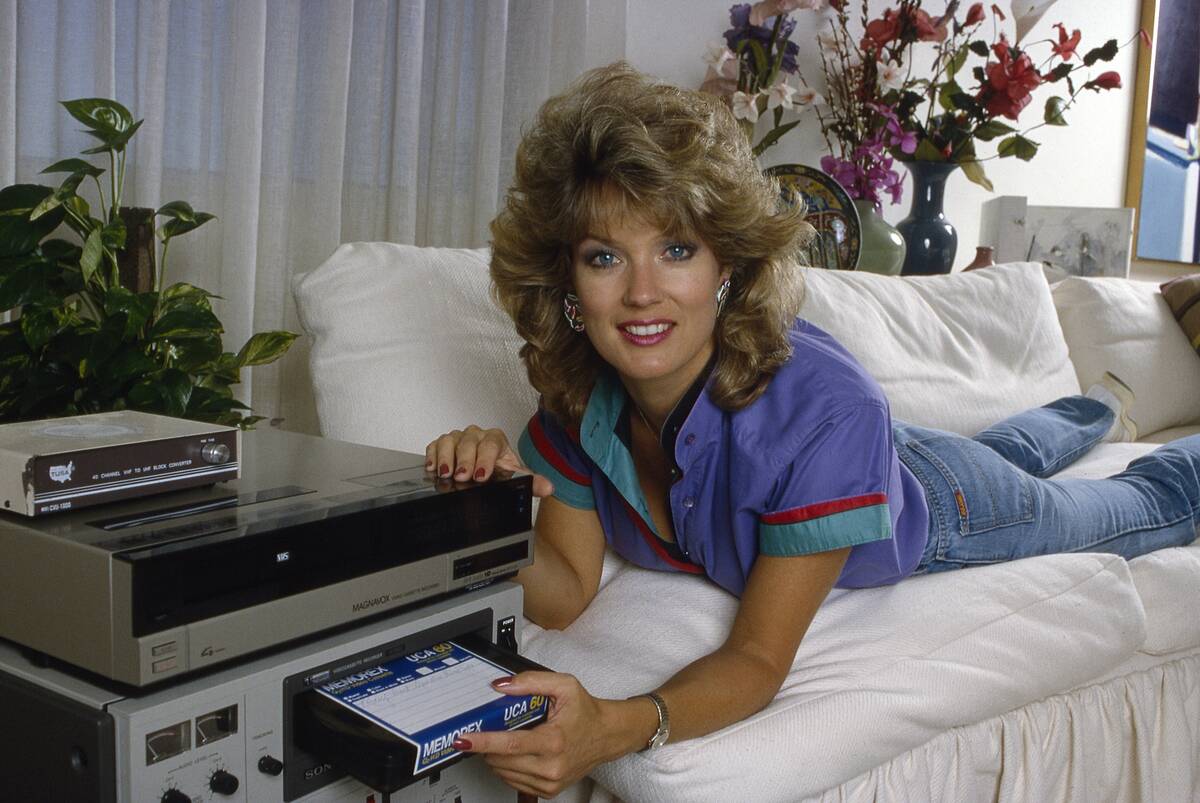
Before streaming and DVDs, VHS tapes ruled home entertainment. Introduced in the 1970s, they allowed people to record TV shows and watch movies at their convenience. The format wars between Betamax and VHS ended in VHS’s favor, leading to its dominance. However, DVDs, with their superior picture quality and ease of use, eventually dethroned VHS tapes. Today, VHS tapes are mostly collectors’ items, evoking nostalgia for those who remember rewinding tapes.
The Transformation of the Fax Machine
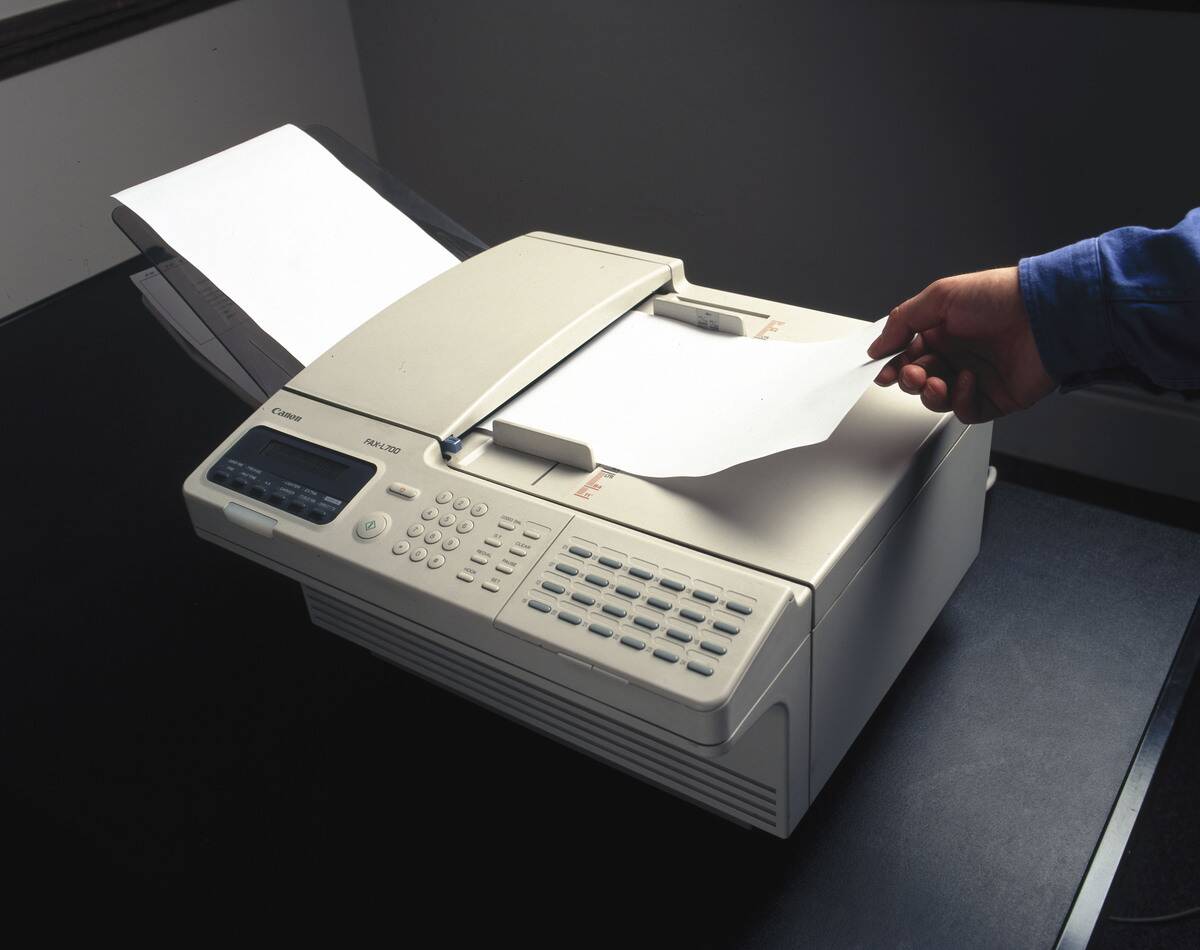
Fax machines were once a staple in offices, transmitting scanned documents over phone lines. They offered a quick way to send important papers without mailing them. However, the rise of email and digital signatures has largely supplanted fax machines. While they still exist in some fields that require paper trails, their use has drastically declined. Digital communication technologies have made the once-ubiquitous fax machine a rarity in modern offices.
The Decline of the Typewriter
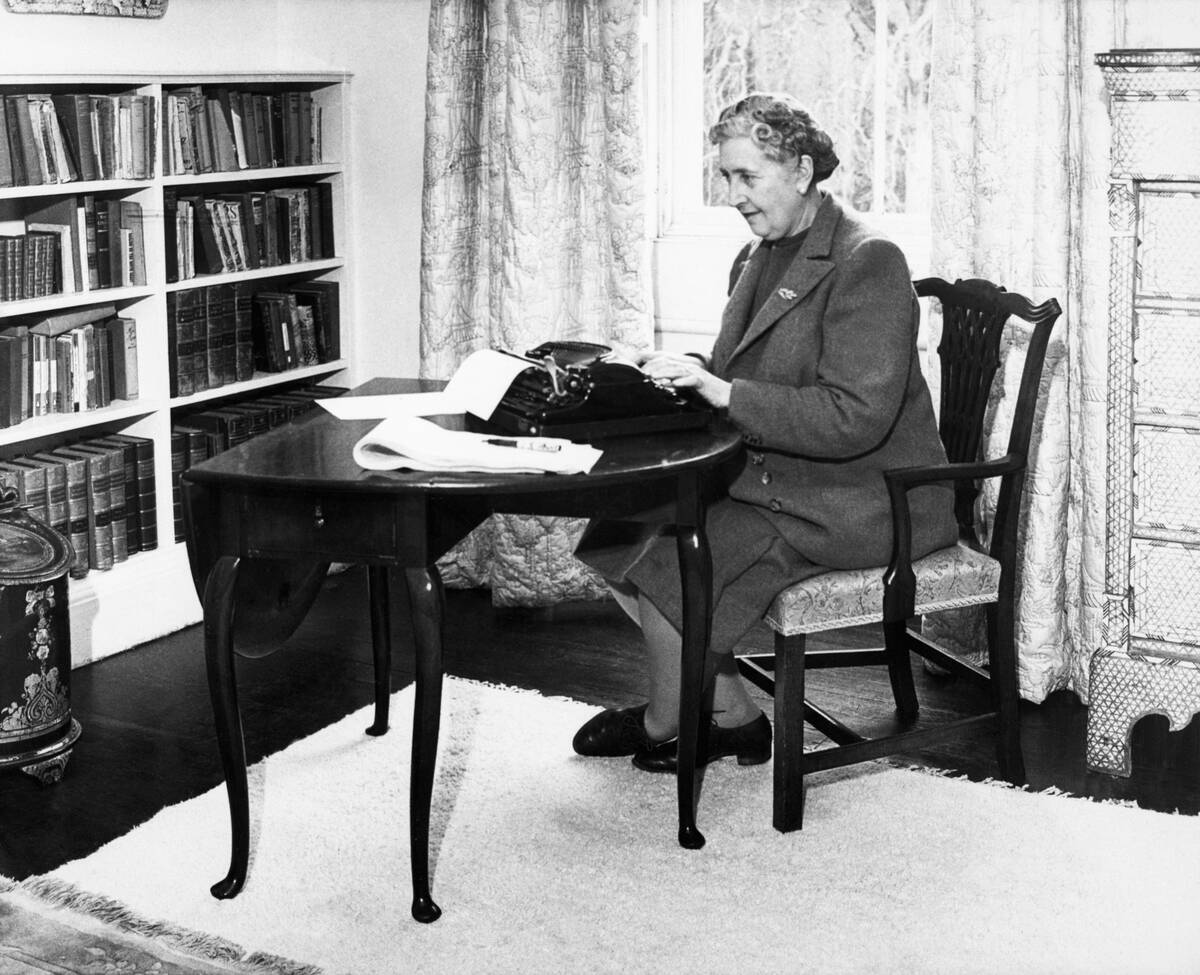
Typewriters were the writing tool of choice for decades, producing everything from novels to business letters. They were the predecessors of modern word processors, offering a tactile typing experience. However, as computers became more affordable and versatile, typewriters began to vanish from desks. Today, they are cherished by enthusiasts and collectors, while most writing tasks have transitioned to computers, offering more flexibility and features than their mechanical counterparts.
The Brief Glory of the LaserDisc
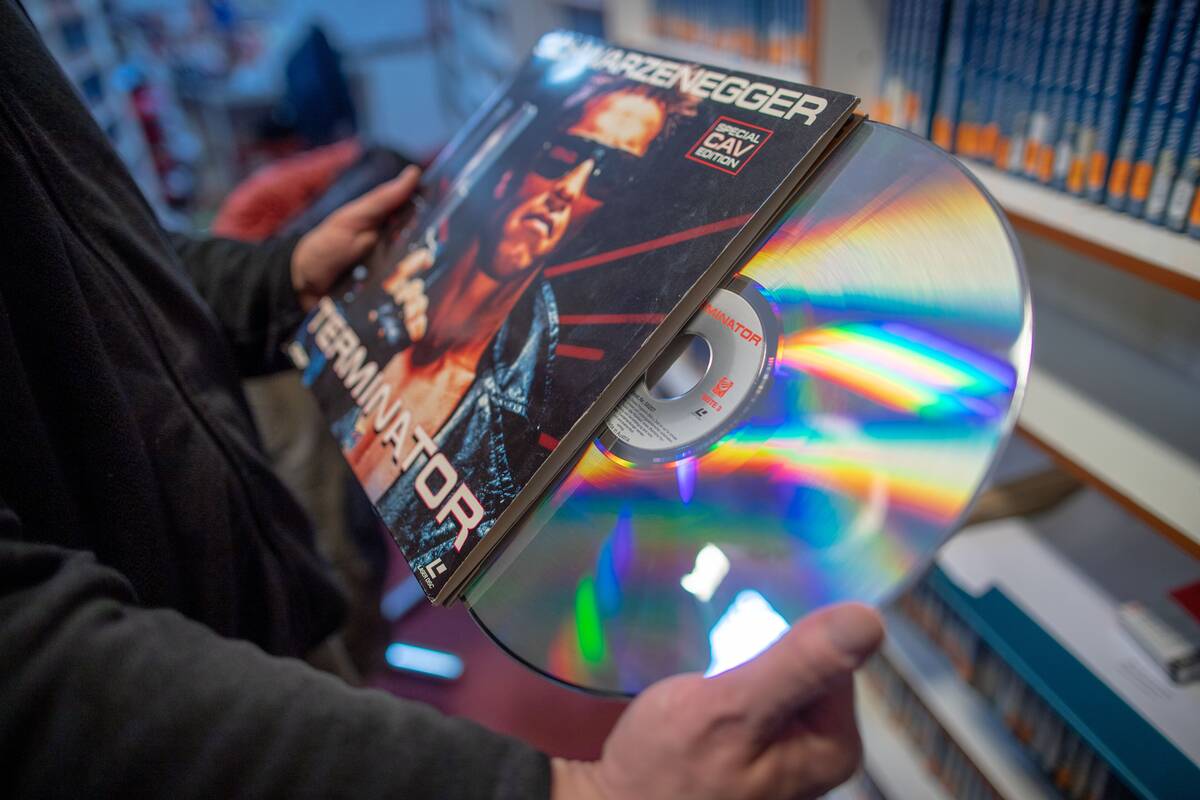
LaserDiscs emerged in the late 1970s as a high-quality video format, offering superior picture and sound compared to VHS. They gained a niche following among film enthusiasts who valued their quality. However, the discs’ large size and high cost limited their appeal to the wider public. The arrival of DVDs, which offered similar quality in a more compact and affordable format, quickly eclipsed LaserDiscs. Today, they are a collector’s item for media aficionados.
The Evolution from CRT to Flat Screen TVs
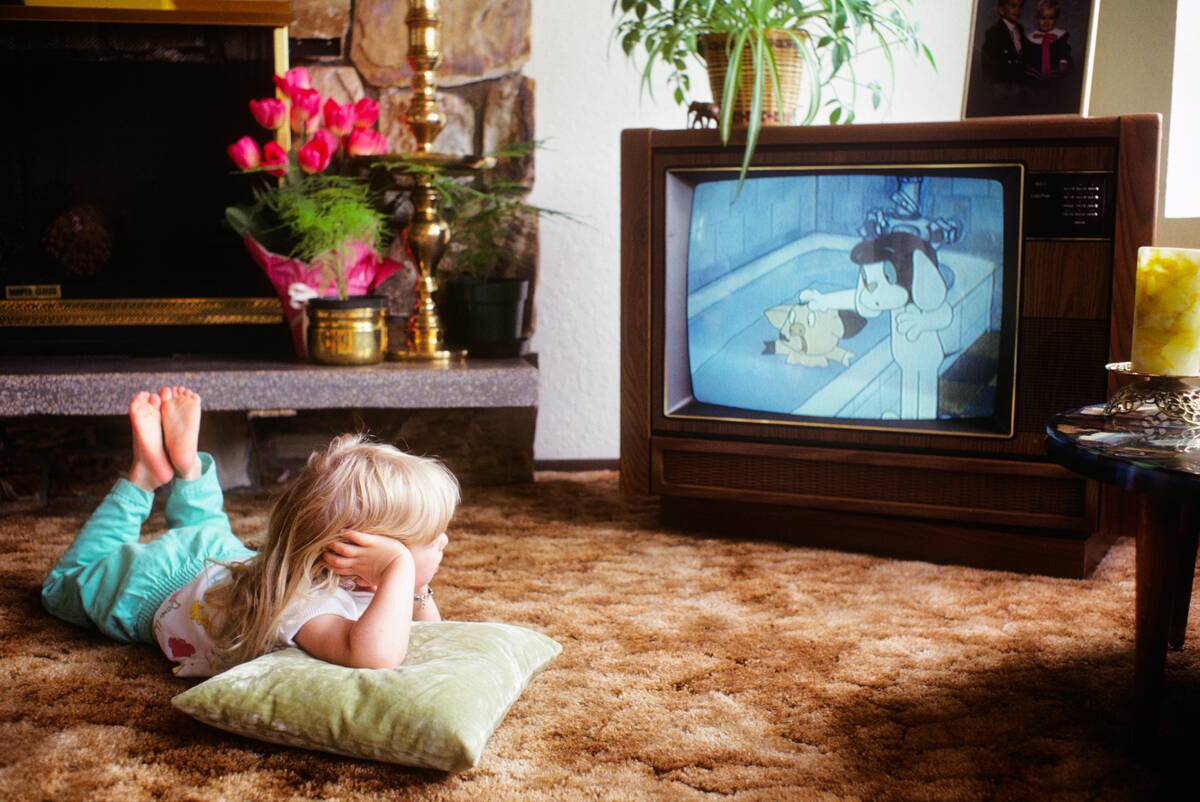
Cathode ray tube (CRT) TVs were the standard for decades, with their bulky design and heavy frames. They provided the world with countless hours of entertainment. However, as technology advanced, flat screen TVs with LCD, LED, and OLED technology began to take over. These new models offered slimmer designs, better image quality, and energy efficiency. By the 2010s, CRTs had largely disappeared from homes, making way for the sleek flat screens we use today.
The Journey from Cassette Tapes to Streaming

Cassette tapes were the go-to medium for music lovers in the 1970s and 80s, allowing for portable music playback. They even facilitated the creation of mixtapes, a personal touch for sharing music. However, CDs and digital music players soon overshadowed cassettes due to their superior sound quality and convenience. Today, streaming services have revolutionized music consumption, offering vast libraries at our fingertips, rendering cassette tapes a nostalgic memory for many.
The Disappearance of Film Cameras

For much of the 20th century, film cameras captured life’s moments, providing physical photographs as keepsakes. However, the advent of digital cameras changed photography forever. Offering instant previews and editing capabilities, digital cameras quickly became the preferred choice for both amateurs and professionals. Film cameras have since become the domain of hobbyists and those seeking a vintage aesthetic, as digital photography continues to dominate the field with its ease and accessibility.
The Obsolescence of the Public Phone Booth
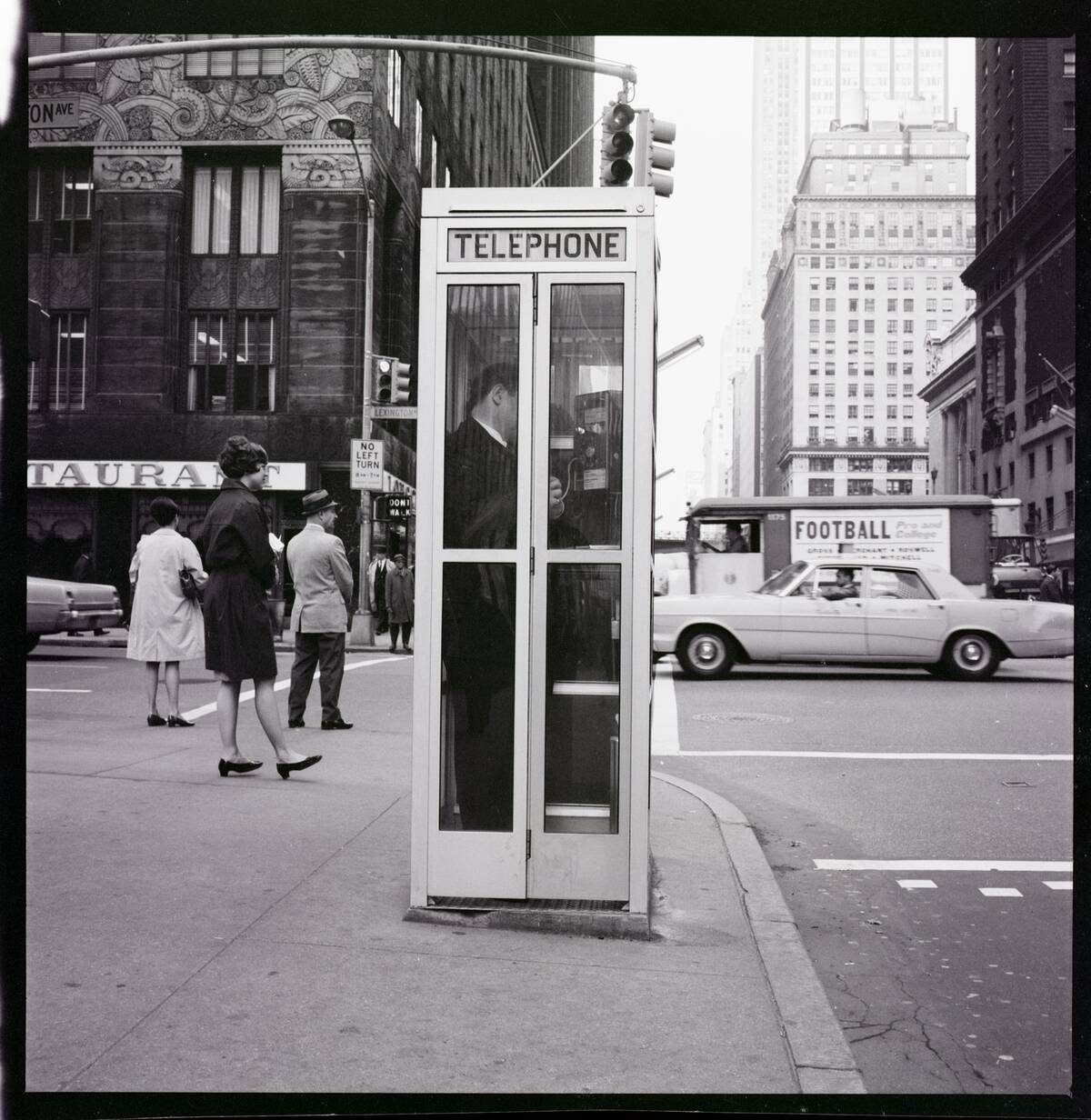
Public phone booths once dotted city streets, offering a vital communication link for those on the move. With the rise of mobile phones, these booths have gradually become obsolete. The convenience of having a personal phone in your pocket negated the need for public phones. While some booths remain as cultural landmarks or have been repurposed for other uses, they are a rare sight today, a testament to the mobile revolution’s impact.
The Waning Popularity of the Palm Pilot
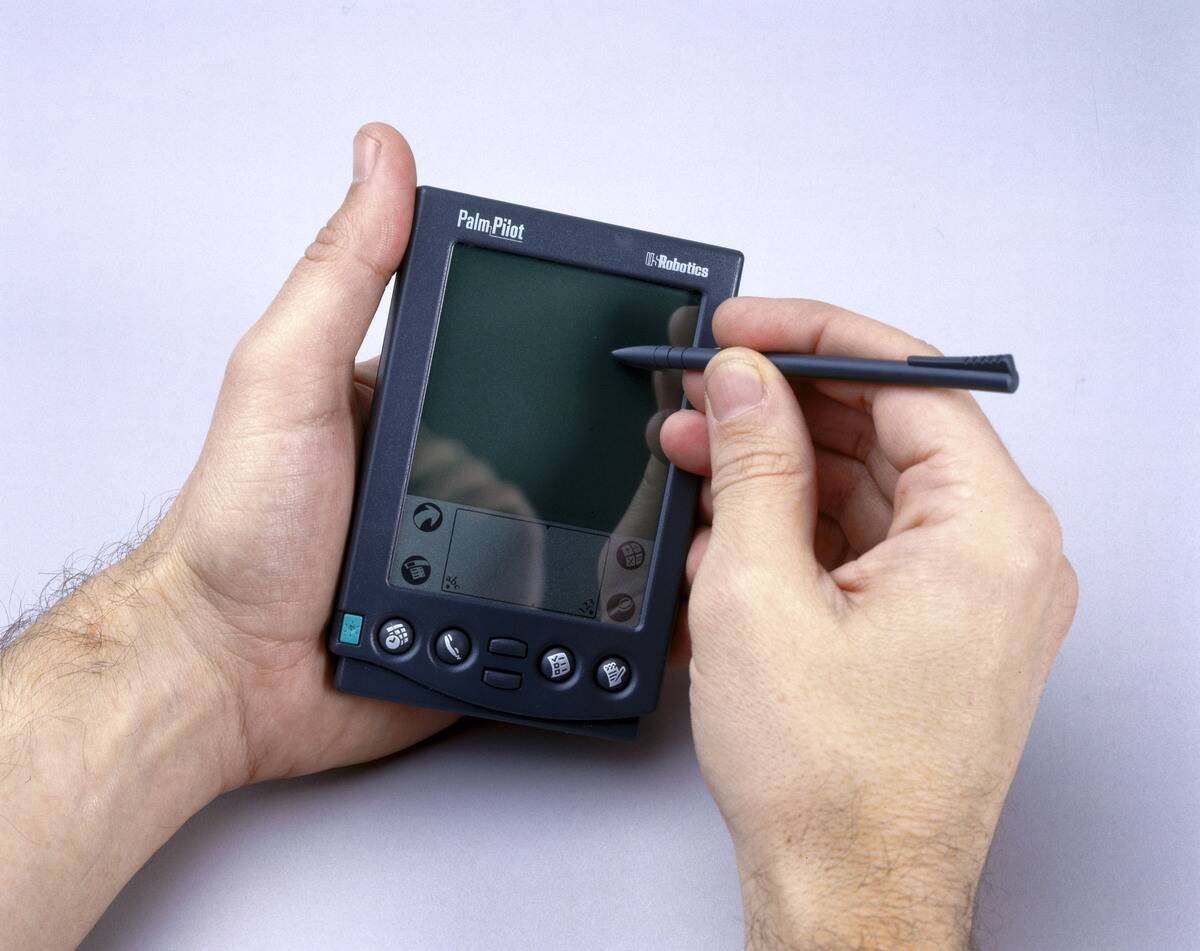
The Palm Pilot was a pioneer in personal digital assistants (PDAs) during the late 1990s and early 2000s. It introduced features like contact lists, calendars, and note-taking, becoming a favorite among tech-savvy users. However, the introduction of smartphones, which combined PDA functionalities with communication capabilities, led to the Palm Pilot’s decline. Despite its innovations, the Palm Pilot couldn’t compete with the multifunctional smartphones that have become ubiquitous today.
The Replacement of Dial-Up Internet
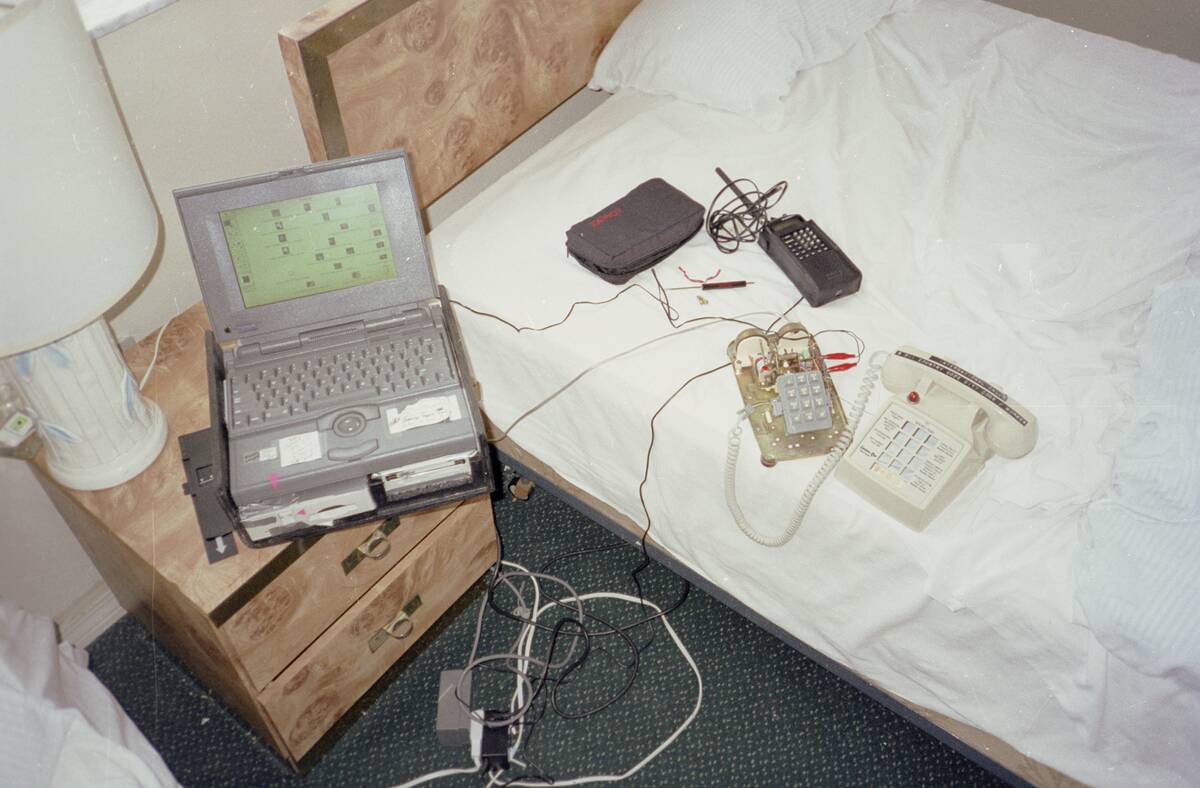
Dial-up internet was many people’s first experience with the World Wide Web, using phone lines to connect at painstakingly slow speeds. The familiar sound of a modem connecting was a hallmark of the early internet era. However, the introduction of broadband and fiber-optic connections offered significantly faster speeds and a constant connection, leading to dial-up’s rapid decline. Today, dial-up is a distant memory, replaced by high-speed internet that keeps us perpetually connected.
The Transition from CD Players to Digital Music

CD players were once the pinnacle of portable music, offering superior sound quality over tapes. They dominated the music scene through the 1990s and early 2000s. However, the rise of MP3 players, and eventually smartphones, transformed the way we consume music. Digital music’s convenience and vast storage capabilities made CD players redundant. Today, music streaming services offer endless libraries of music, making physical media like CDs less relevant in the digital age.
The Phasing Out of Overhead Projectors
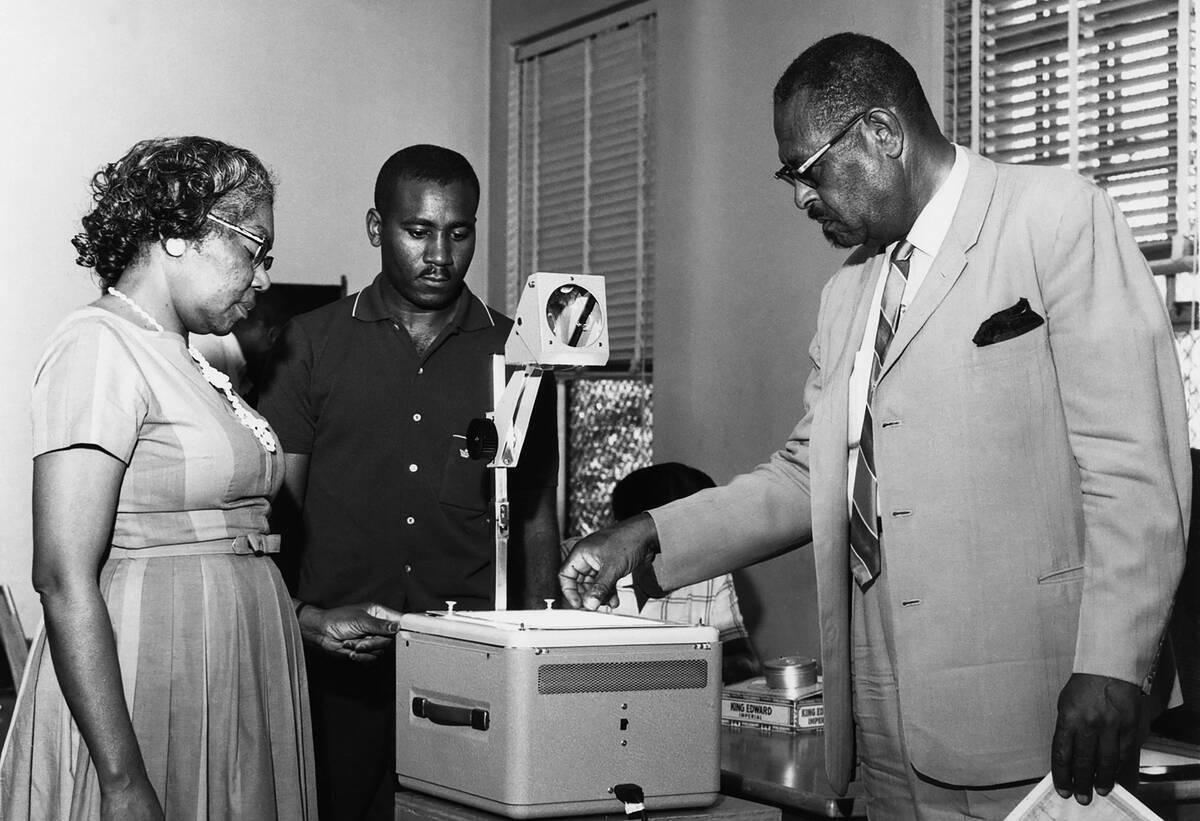
Overhead projectors were a staple in classrooms and business meetings, allowing presenters to display transparencies to an audience. They were simple yet effective tools for visual communication. However, the advent of digital projectors and interactive whiteboards has rendered overhead projectors largely obsolete. Modern devices offer greater flexibility and features, such as dynamic presentations and video integration, making them the preferred choice for educational and professional settings today.
The Shift from Map Books to GPS Technology
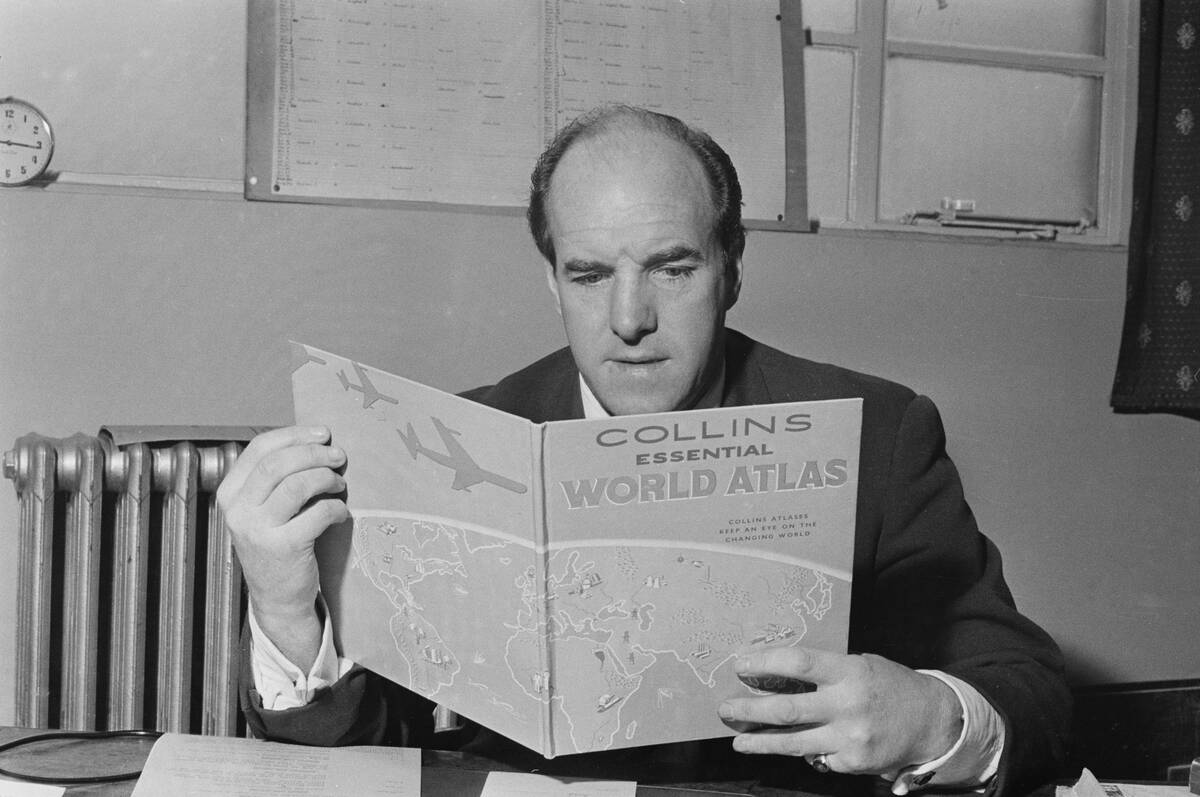
Before GPS technology became widespread, map books were essential for navigation during road trips and everyday travel. They provided detailed street maps and directions, albeit requiring frequent updates. The advent of GPS devices and smartphone apps has revolutionized navigation, offering real-time directions and traffic updates. Map books have become relics, replaced by convenient digital navigation systems that ensure we rarely get lost in our travels anymore.
The Forgotten Era of the MiniDisc
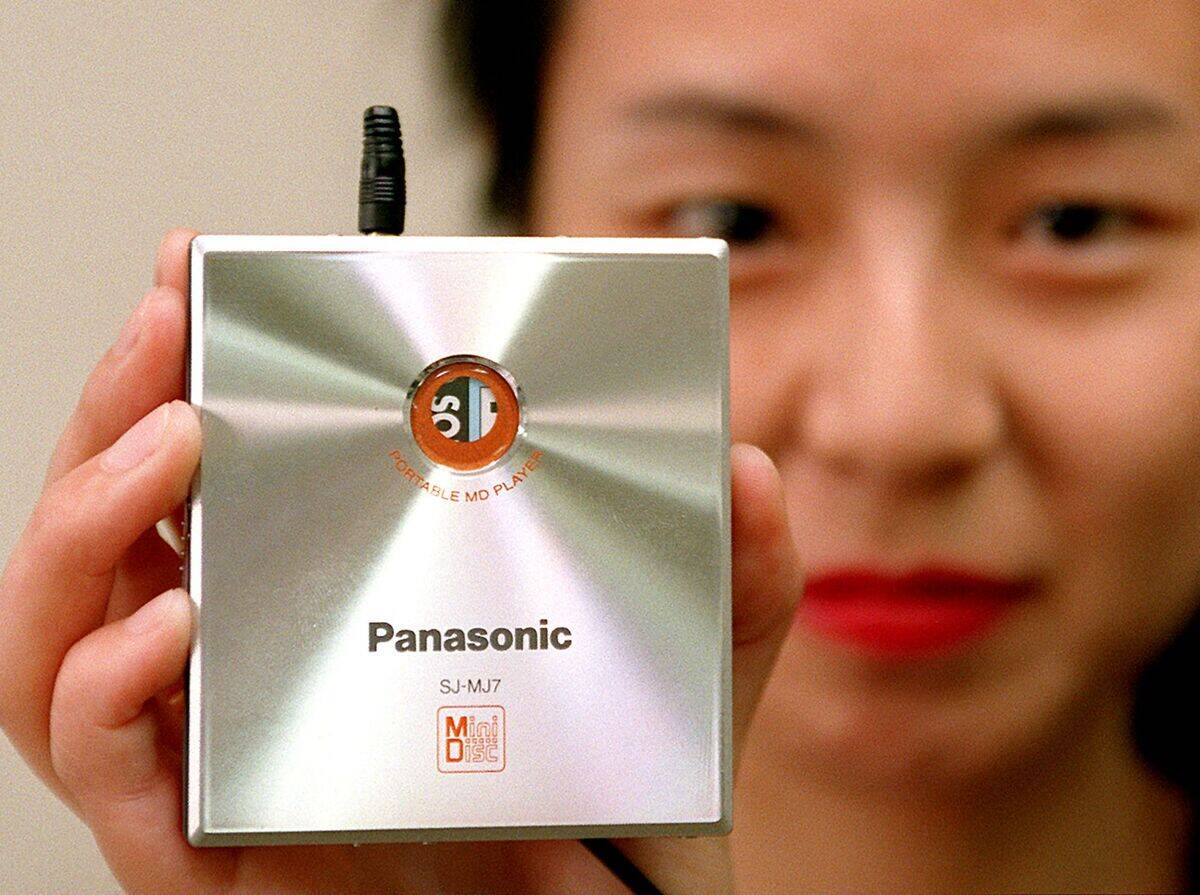
MiniDiscs, introduced by Sony in the early 1990s, offered a compact and durable medium for digital audio recording. They gained a small following, particularly among audiophiles who appreciated their sound quality and editing capabilities. However, the rise of MP3 players and flash storage devices, which provided greater convenience and capacity, overshadowed MiniDiscs. Today, they are largely forgotten, with only a niche market of enthusiasts and collectors keeping the MiniDisc memory alive.
The End of the Road for Video Rental Stores
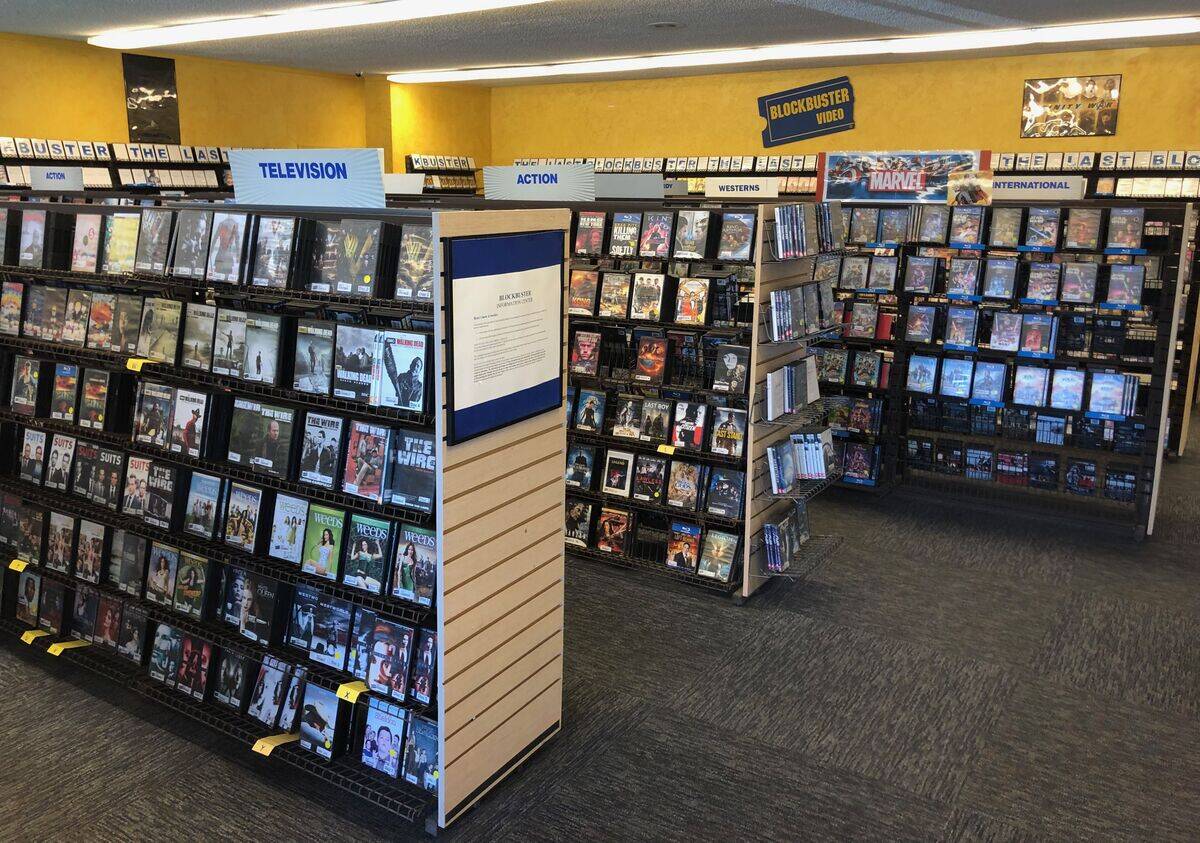
Video rental stores, like Blockbuster, were once the go-to places for movie lovers, offering a wide selection of films for rent. The experience of browsing aisles and selecting a movie was a ritual for many. However, the rise of streaming services and on-demand content has rendered physical rental stores obsolete. Today, most people prefer the convenience of watching movies online, leading to the closure of many rental stores that once thrived.




